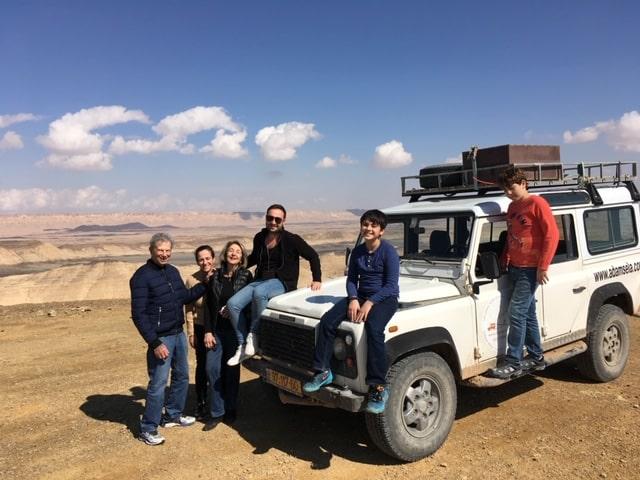The Ramon Crater (Makhtesh Ramon)
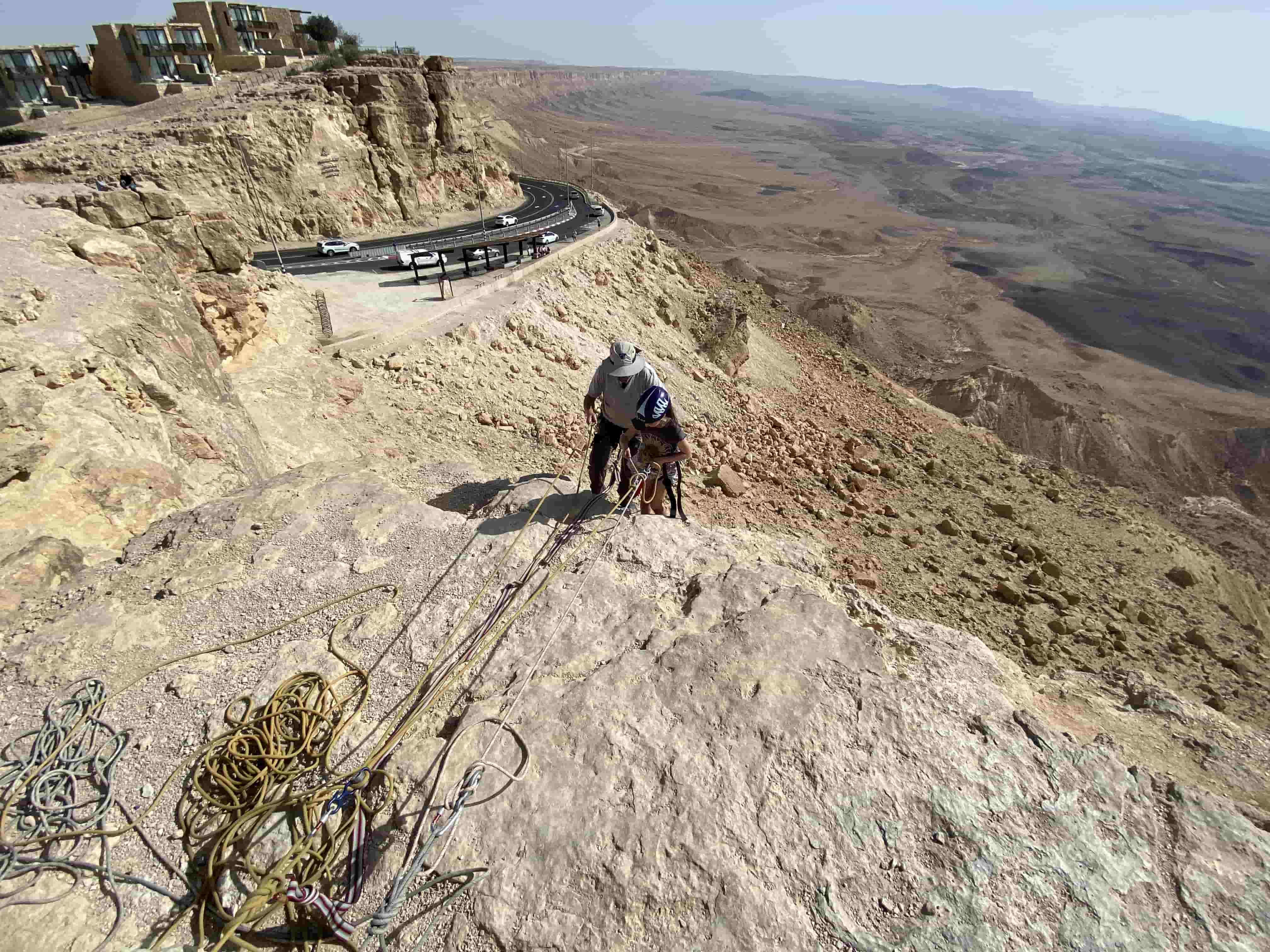
THE RAMON CRATER IN THE NEGEV DESERT
The most scenic natural landmark in Israel is the Ramon (Makhtesh Ramon) erosion crater in the Negev Desert. Fantastically unearthly landscapes, dominated by ocher and terracotta colors, combined with the gigantic size and absolute silence of the crater, are mesmerizing.
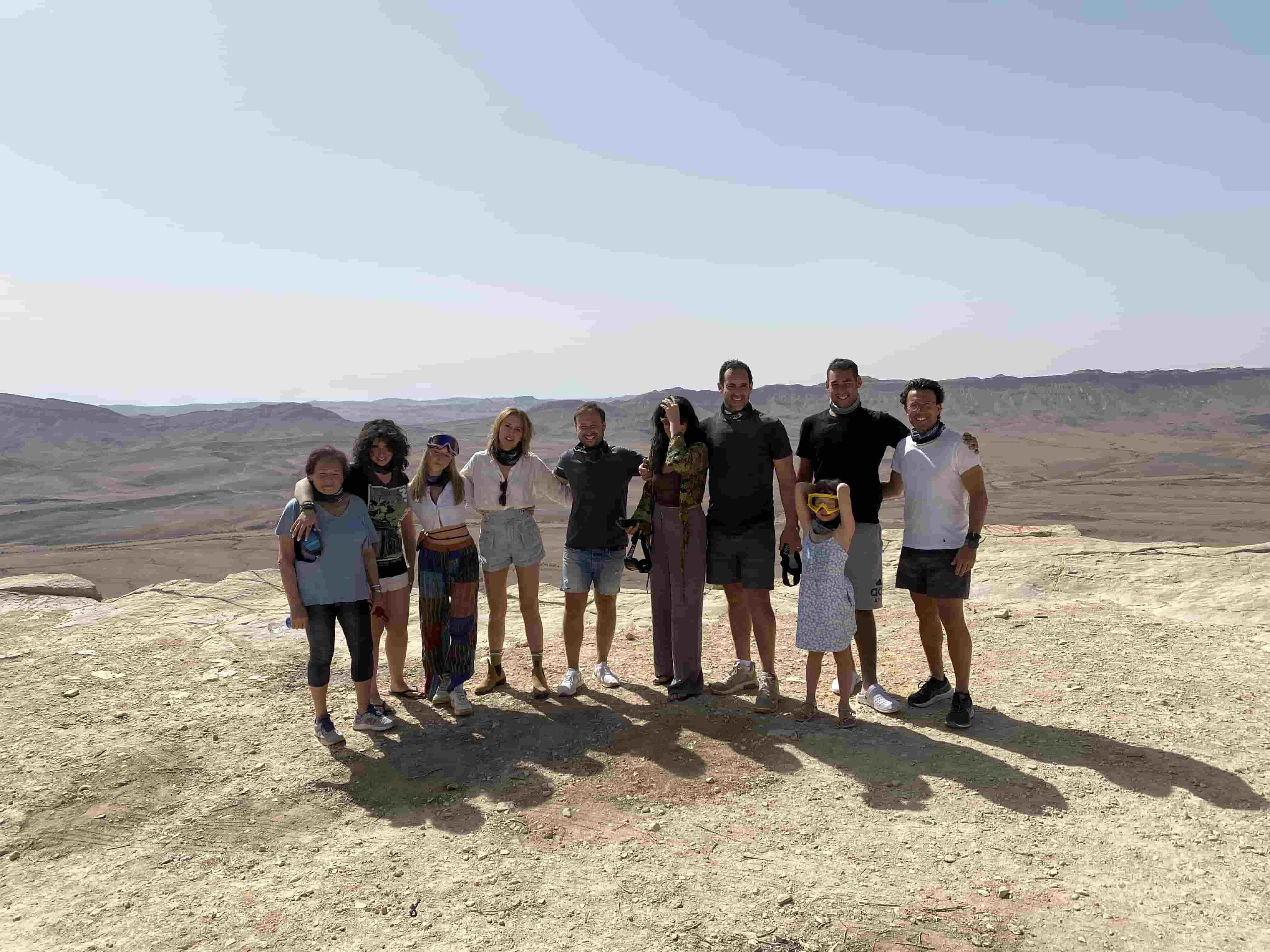
The Ramon Crater (Mahtesh) is the biggest erosion(seismic) Crater in the world, some may call it a Crater but the proper name is a Mahtesh, Ramon has a unique form and today is one of the 7 Mahteshim in Egypt, Jordan, and Israel. The crater is a big erosion "bath" from which the soft sand and the soft layers were swept by rivers more than 200 million years ago, the size of the Mahtesh is 42 km in length and 11 km wide and may look like a piece of earth hit by an asteroid. the climate will be warm or hot during the day and cold during the night since the Crater is located in the Negev desert.
The Crater is a home of wild animals and is supervised by the national park authority of Israel and the biggest Israeli national park, this is the perfect place to see rare animals living inside the Mahtesh such as the ibex, snakes lizards, scorpions, rodents, and many more! if you wish to visit a museum specially dedicated to animals and plants, Bio Ramon will offer a proper experience without walking inside the crater.
Often a crater is compared to a lunar or Martian one, nevertheless, it has a completely terrestrial origin. As a result of the uplifting of the soil in the solid, cracks formed in the surface layer of the rock. Gradually, water penetrated them, forming a gigantic cavity underground. Over millions of years, the upper layer has thinned, as a result of which it collapsed. Being washed away by seasonal rains for a long time, the crater increased in size.
For many years, industrial extraction of minerals (clay, gypsum, sand) was carried out on the territory of the crater, which led to the destruction of the unique natural landscape. Since 1998, the area of Ramon Crater has been declared a geological reserve. A plan was developed to restore and further preserve the natural landscape, as well as fauna and flora in the crater area.
Today, the territory of the Ramon Crater, including its surroundings, forms the largest national reserve in Israel - the Ramon Reserve. Among the wild animals inhabiting this area, you can find the Nubian mountain goat, leopard, jackal, striped hyena, sand fox, wolf, gopher, etc.
Among the plants growing in the area of Ramon Crater, there are Atlantic pistachio trees, sea buckthorn, globular daisies, and other flowers and shrubs. Mountain tulips bloom here in early spring.
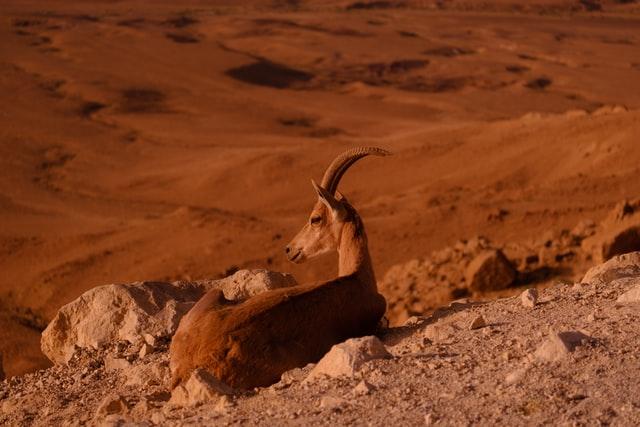
The crater can tell a lot about its origin. The fact that there was once a sea on the territory of the crater is evidenced by the "Ammonite wall" - a geological layer containing ammonite fossils. Ammonites are a class of extinct mollusks that lived more than 200 million years ago. Probably as a result of tectonic activity, the water went into the formed cracks, which led to the death of marine life.
Judging by the geological evidence, there were once volcanic eruptions in these places. In support of this, at the bottom of the crater, you can see an interesting sign "sawmill" (The Carpentry). However, instead of logs at this "sawmill", there are stone prismatic bars (logs) with a diameter of 10-20 mm. These are fragments of quartz monoliths formed as a result of the ejection of hot magma from the bowels of the earth.
Crater Ramon abounds not only in geological diversity but there are also objects of cultural heritage here. Once upon a time, an ancient trade caravan route, better known as the Incense Route, passed through these places, connecting the south of the Arabian Peninsula with the countries of the Mediterranean and Mesopotamia. It was used to deliver precious incense, myrrh, and spices, which were very popular in those days and cost a lot of money.
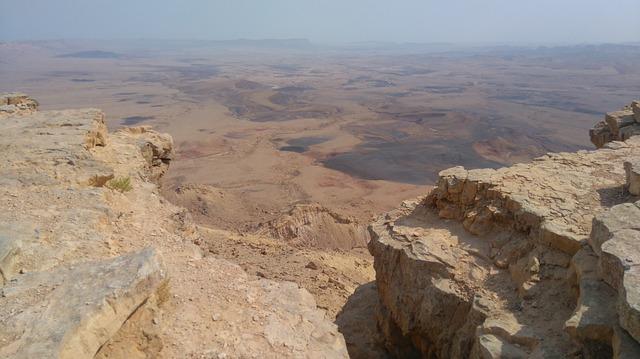
Along the Incense Route every 30 km, this is the distance a camel can cover in a day's journey, the Nabateans built caravanserais (inns), stopping at which, caravans could rest during the tiring crossing through the desert. Nabatean caravans from Petra to Avdat passed through the crater. Going down to the bottom of the crater, you can see the ruins of one of the ancient caravanserais (Saharonim outpost).
In 2005, a section of the Incense Route, including the ruins of four Nabatean cities in the Negev desert (Avdat, Mamshit, Haluta, and Shivta), was inscribed on the UNESCO World Heritage List as an exceptional testament to a vanished culture.
At the edge of the crater is the small town of Mitspe Ramon. It is here that the largest astronomical observatory in Israel is located. In the Ramon Crater Visitor Center, you can get acquainted with information, as well as watch a light and sound performance in 3-D format, telling about the history of the crater and the geological structure of the crater.
A visit to the Ramon Mahtesh can be short or long depending on your schedule, if you drive to Eilat, Israel's south capital you can stop at the observation point to take a few photos of a breathtaking view, or if you have a few days you can go dipper and take a geological lesson while driving or hiking inside the Crater and learn about the geological formation, climate, animals, and plants inside.
MIZPE RAMON VISITORS CENTER
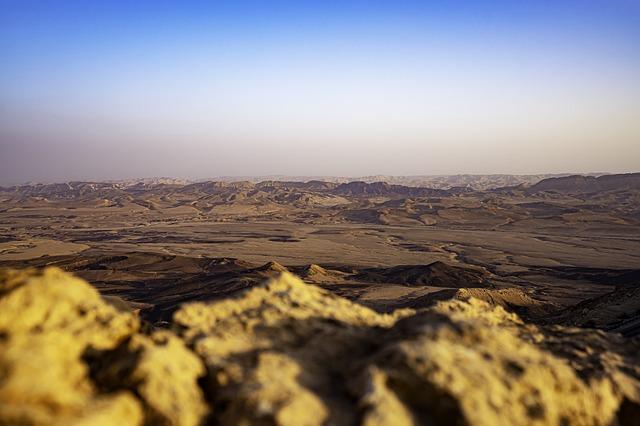
The visitor center in Mizpe Ramon named after the Israeli astronaut Ilan Ramon who died on the Colombia space shuttle, located on the edge of the Ramon crater, presents deep explanations about the formation and the geology throught time, the history of the region, deep explanations about the living in the area and the flowers.
The film in the museum explains the formation of the Mahtesh using 3D models, a perfect way to explain and educate kids and teenagers, through the glass windows and floor of the visitors center you will be able to see the Mahtesh and admire the size. A big part of the visitors center is dedicated to space and Ilan Ramon, you will be able to see items from the space shuttle, learn about Ilan Ramon, and experience different "toys" from the spaceship.
At the Information Center, there is a desert reserve that demonstrates models of the habitats of flora and fauna that developed in the area of Ramon Crater. More than 40 species of small desert animals (turtles, lizards, porcupines, snakes, etc.) are represented in the living corners of the zoological department, imitating the natural conditions of existence. rocky soil and landscape variety.
You may find in the visitor center a wide variety of recommended hiking trails and maps specially prepared for this area.
The observation deck near the Information Center offers a panoramic view of the entire crater.
ACTIVITIES IN THE RAMON CRATER
THE RAMON CRATER OFFERS AN AMAZING DESERT EXPERIENCE
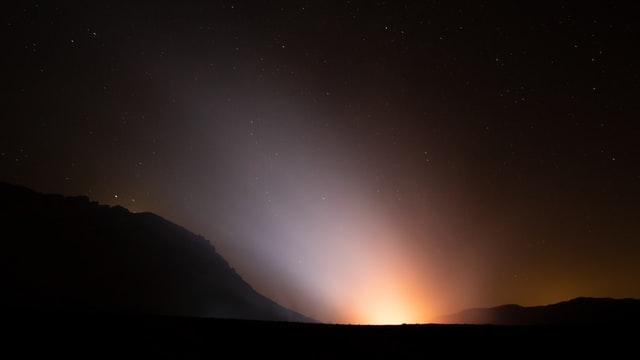
1. The "Minsara" - a hill of ancient sand which was baked very warmly, melted, and then slowly hardened into large crystals of quartzite. These crystals received the forms of hexagonal and pentagonal columns as polygonal prisms. The outer part of the prisms was covered with a patina, it is the oxidation of the Iron.
2. Be’erot campground - the ultimate camping site for hikers and nature lovers, unique bedouin hospitality under the stars with local food and snacks.
3. Star Gazing - explore the desert during the night and watch the stars, this is the best place in Israel to enjoy a clear sky, especially during August while comets pass the earth.
4. Jeep tours - a great off-road activity, drive the Mahtesh and explore the old trails formed by nature, assemble colored sand bottles, and look for the animals of the desert.
5. Shvil Israel - One of the most famous hiking trails in Israel, the Shvil Israel (Israel's National Trail), runs through Ramon Crater, which starts in the very north of the country from the Tel Dan Nature Reserve and ends in the southernmost part of the Red Sea. National Geographic lists Israel's National Trail as one of the world's most amazing hiking trails. On the map of Ramon Crater, the route is indicated by a red dotted line.
PRACTICAL INFORMATION ABOUT RAMON CRATER
Information Center visiting hours: 08: 00-17: 00
Hai Ramon Wildlife Corner visiting hours:
April - September: Sunday to Thursday and Saturday: 08: 00-17: 00, Fridays and holidays: 08: 00-16: 00,
October - March: Sunday to Thursday and Saturday 08: 00-16: 00, Fridays and holidays: 08: 00-15: 00
The entrance closes one hour before the specified time.
Ticket prices for the Information Center and High Ramon:
Individual: adult - NIS 28, student - NIS 24, children - NIS 14
Group: Adult - NIS 24, children - NIS 12
Free for annual national park subscribers.
Tel: 08-658 8691, fax: 08-658 8620
Before visiting, check the information on the official website.
BOOK your private tour of the Ramon Crater today!
ORDER NOW!

SLAVA BAZARSKY
PHONE: +972 53 4779797
Tours in Israel
- 11 Days Jewish Heritage Tour through Israel
- 3-Day Jewish Heritage Tour of Israel: Unveiling the Rich Tapestry
- 5 Days Jewish Heritage Tour to Israel: A Journey Through History and Spirituality
- 7 Day Jewish Heritage Tour to Israel: A Holistic Journey
- 9-Day Jewish Heritage Tour Through Israel
- Christian Holy Land Guided Tour of Israel 2024
- Classic Guided Israel Tour
- ISRAEL: OFFICIAL TOURING ENTRY FOR FAMILIES, SMALL GROUPS COVID 19
- Jewish Heritage Guided Tour
Daily Tours in Israel
- BATTLE LEGACY TOUR
- Best 3-Day Negev Jeep Tour - Mystery of The Israeli Desert
- Best Eilat to Petra 1 Day Private Tour
- BETHLEHEM AND JERICHO TOUR
- CALIBER 3 GUSH ETZION - ULTIMATE ISRAELI MILITARY ADVENTURE
- CHRISTIAN GALILEE TOUR
- CHRISTIAN JERUSALEM TOUR
- CITY OF DAVID AND UNDERGROUND JERUSALEM TOUR
- CLASSIC PRIVATE JERUSALEM TOUR
- Dead Sea Relaxation Day Tour
- Following October 7th Massacre - Gaza Envelope Private Tour
- HAIFA, AKKO AND ROSH-HANIKRA TOUR
- Jerusalem Rooftops And Walls Private Tour: History From A Different Angle
- JORDAN RIVER BAPTISM SITE TOUR
- JUDEAN DESERT AREA TOUR
- Levinsky Market Ultimate Tasting Private Tour
- Private tours of Acre, Caesarea and Haifa from Tel Aviv Israel: Reviews, Price
- Private Tours of Jerusalem and Bethlehem from Tel Aviv Israel: Reviews, Price
- Private Vip Tour Of The Israel Diamond Exchange Center in Ramat Gan
- RAMAT GAN SAFARI PARK TOUR
- SAFED AND GOLAN HEIGHTS TOUR
- TEL AVIV AND JAFFA PRIVATE TOUR
- Unforgettable Dead Sea and Masada Private Guided Tour

